Mangalia
It was this one beautiful spring weekend when I decided to pack some clothes and go home1.
Mangalia, you see, is a very very old town, dating back to the time of Satyrus the Peripatetic. I'm sure you've heard of him, haven't you? and of Pontus Euxinus, Moesia Inferior, and of... nevermind. Since we're here, though, let's take a look at an illustration of ancient Dacian and Roman settlements:
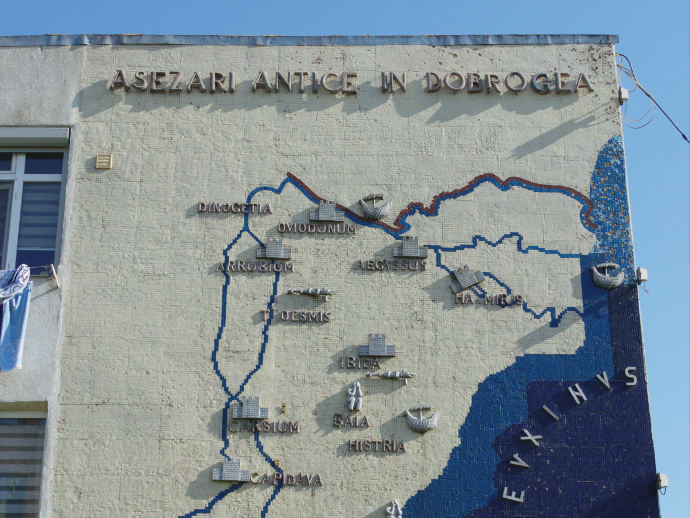
To the left, the keen reader can notice some hanging clothes, not part of the illustration. Below, we go fast forward a few thousand years, to an illustration of post-modern art:
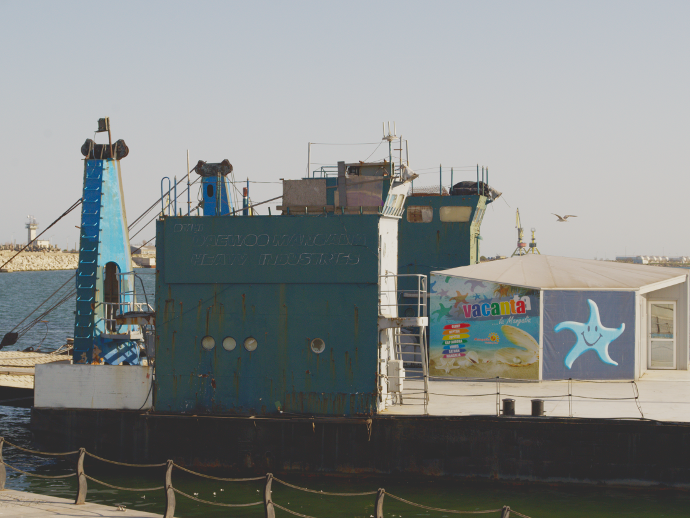
This is what remains of a late 90s/early 2000s TV show, the Callatis Festival, sponsored by Mangalia Daewoo Heavy Industries, meanwhile bought by I forgot what other company. Moving on to more interesting illustrations, here's a cat:
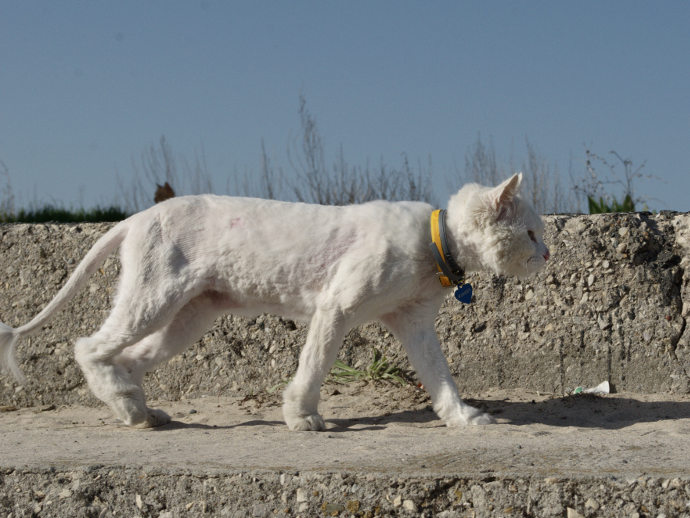
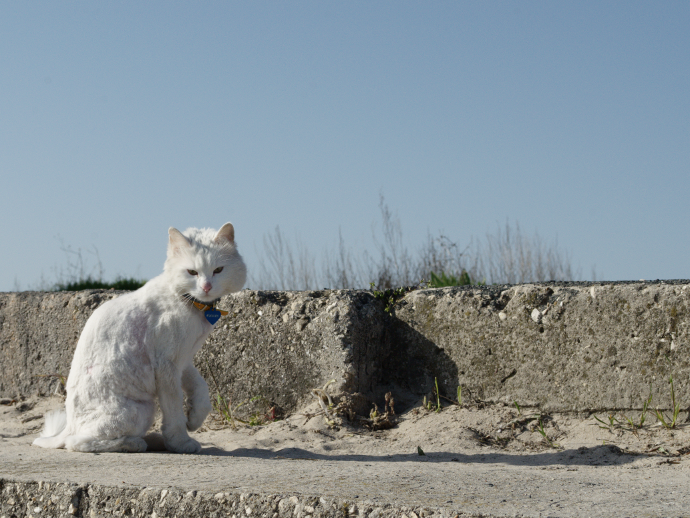
Mangalia is full of these little animals, be they stray or owned. I'm guessing they must like the seaside, there were many of them in Heraklion as well. Below, birds, swimming and flying:
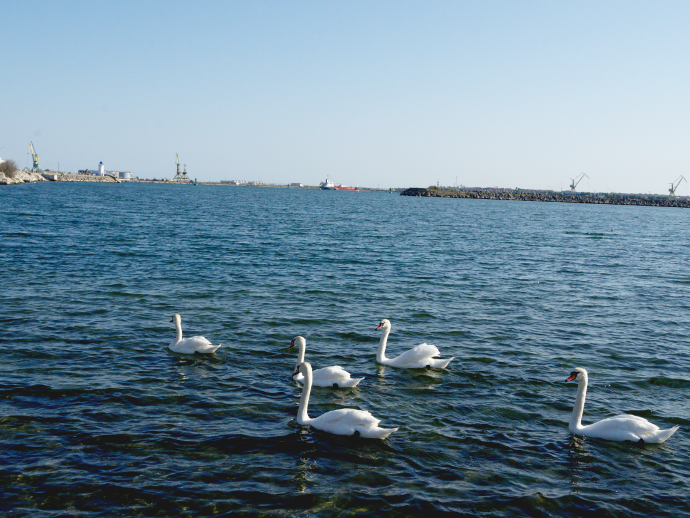
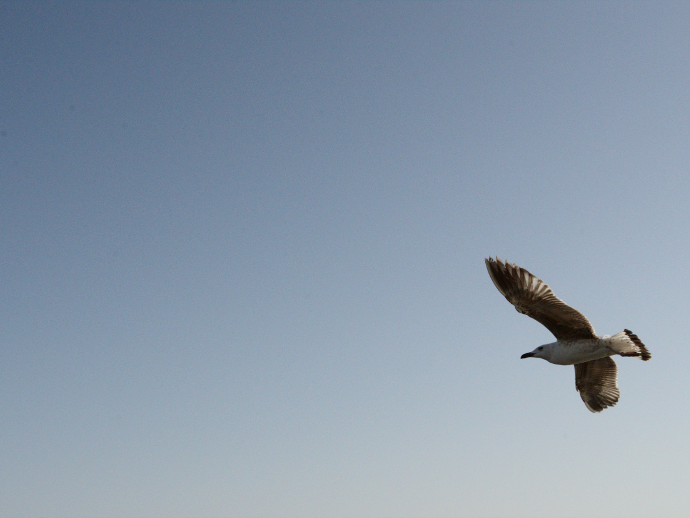
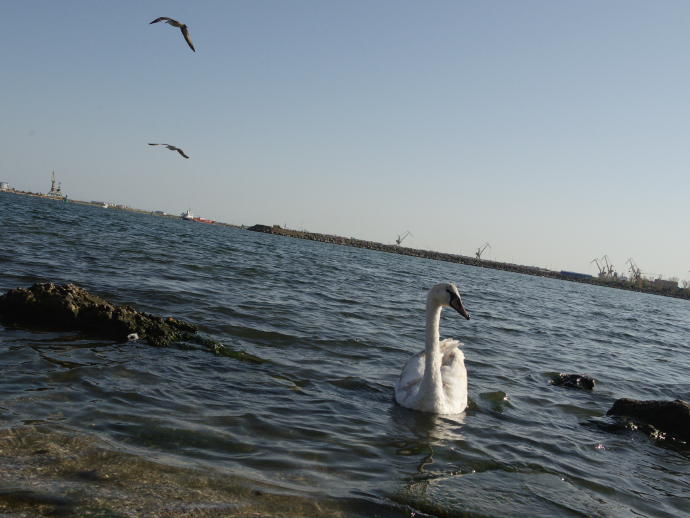
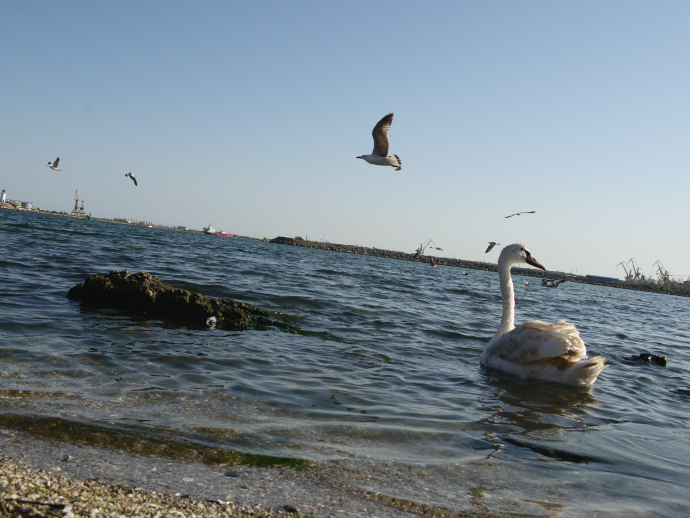
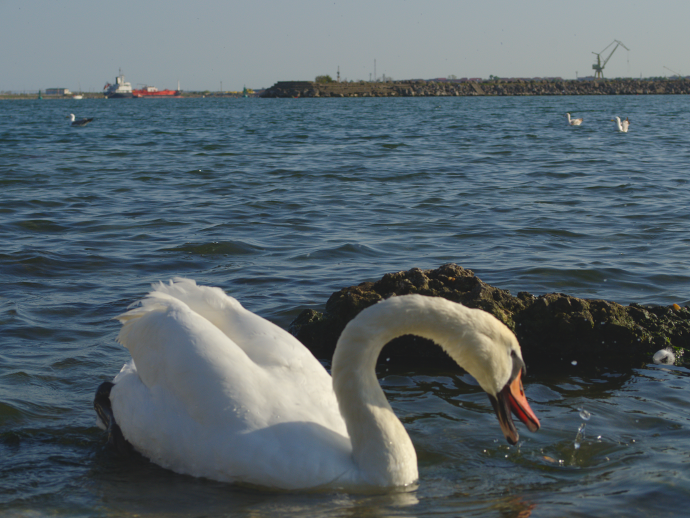
These particular swans were very user-friendly, to the point they were standing at two metres from me, trying to eat from the palm of my hand. The same can't be said about the Steven Seagulls flying about, but who cares about the little rascals, really.

Above: the Genovese lighthouse. Below: more post-modern art.
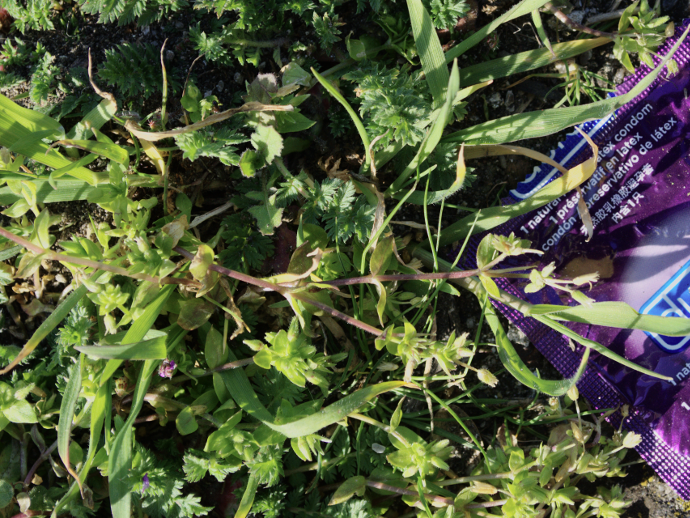
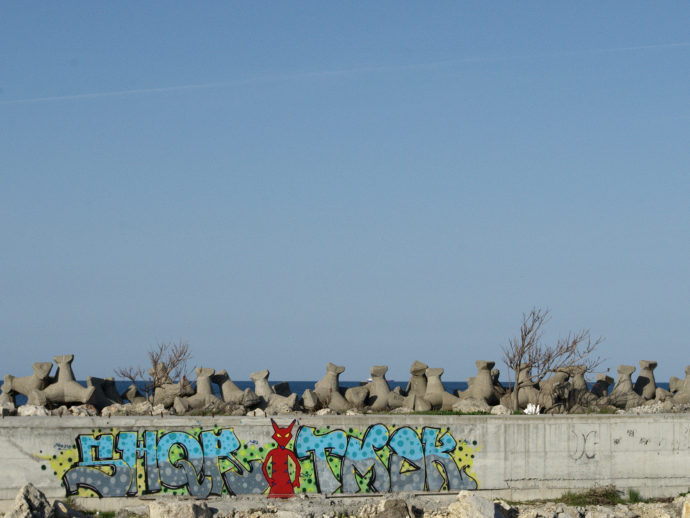
I've no idea who Tmok teh Smqr is, nor why his signature is larger than the cat, but do you happen to remember Courage the Cowardly Dog?
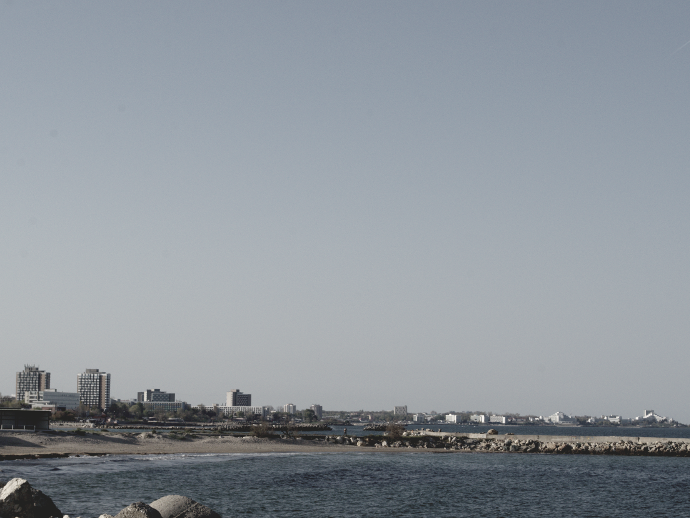
Pictured above is the Romanian shittoral2 as seen from the port. Gotta admit, it's a pretty nice view from afar. Meanwhile, we travel a few kilometers to the south, to the beaches of Vama Veche, i.e. Ye Olde Customshouse:

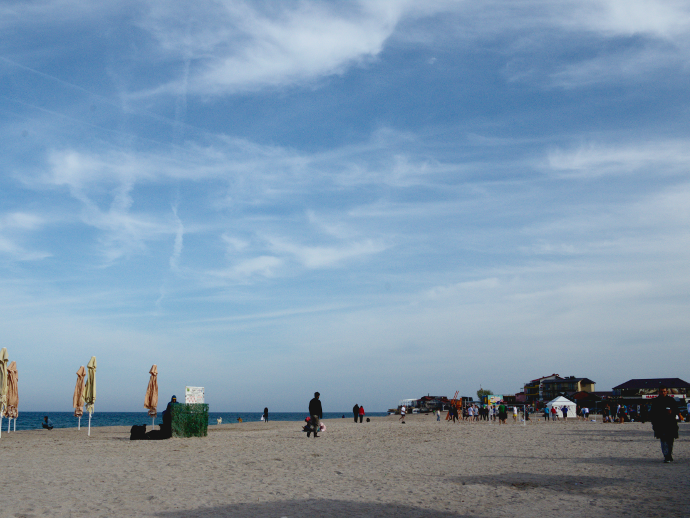
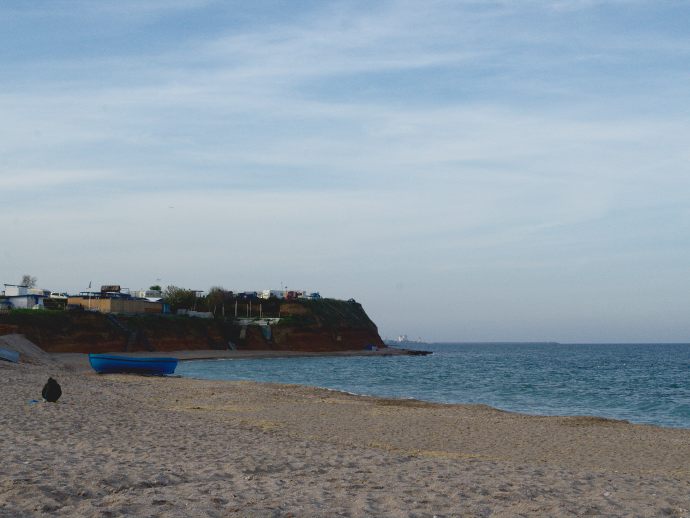
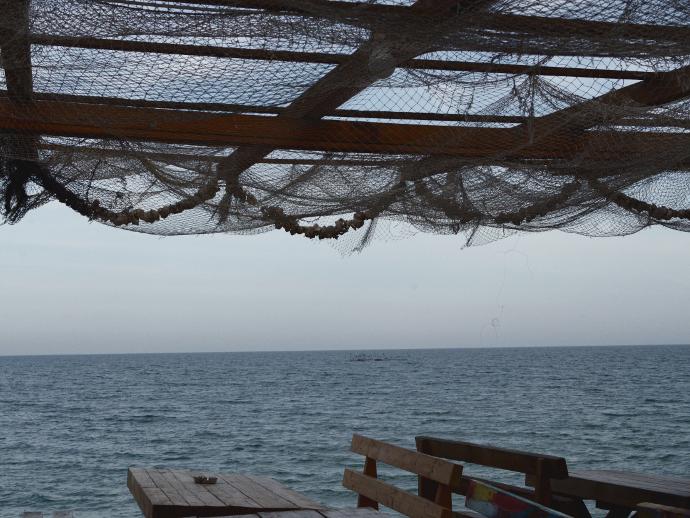
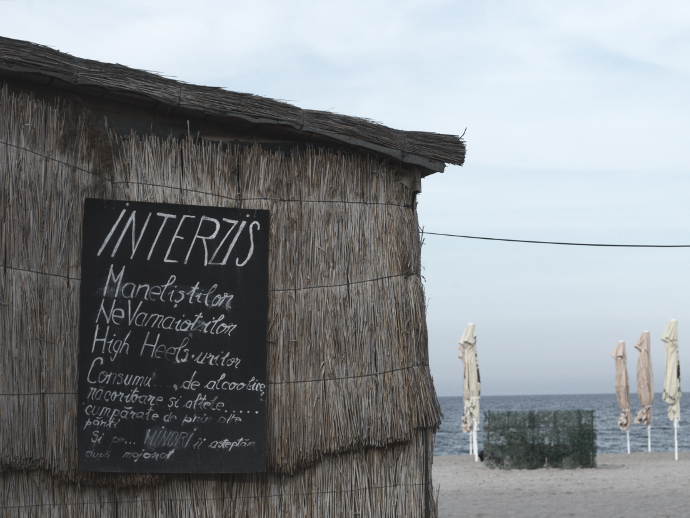
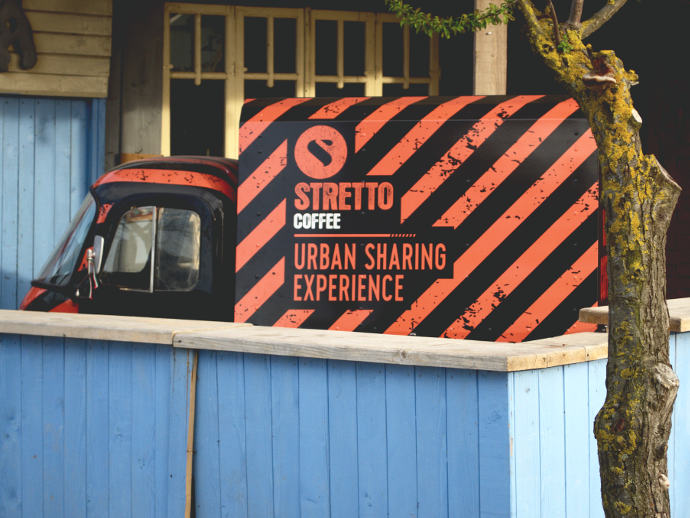
Back in the day when Vama Veche was hip and all that jazz, the kids used it as a base for the cargocultist reenactment of Saint Yasgur's Festival. Meanwhile it's devolved into an outlet for teen and millenial orclets who, as the sign above illustrates, are "anti-manele", not that what they're listening to is fundamentally different from that particular music -- plus, there was that Gypsy on the main ulitsa who played Dylan better than most of the Romanian derps I've heard. At least these particular "vamaioți" don't come with any pretenses to "hashtag-resist": they just lie about and smoke the occasional weed, making the quaint atmosphere tolerable at the very least. This was the 28th of April, though, I don't even want to know how the place looked on the 1st of May.
Below: a coupla more shots of pig's fart (also see: 70MB animation).
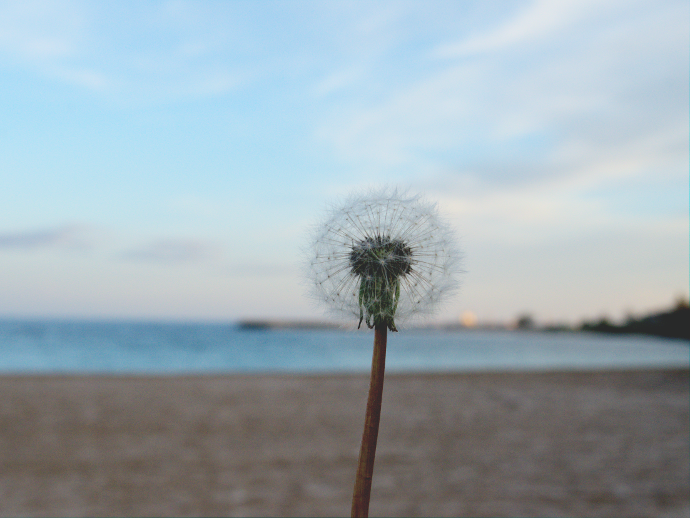


Above: high-resolution graphics of beach and abandoned hotels in the sunset. Below: modern art; and modern stray cat.
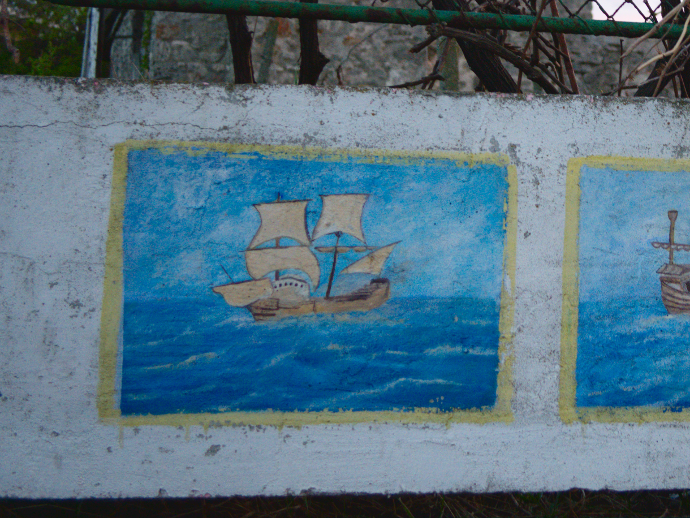
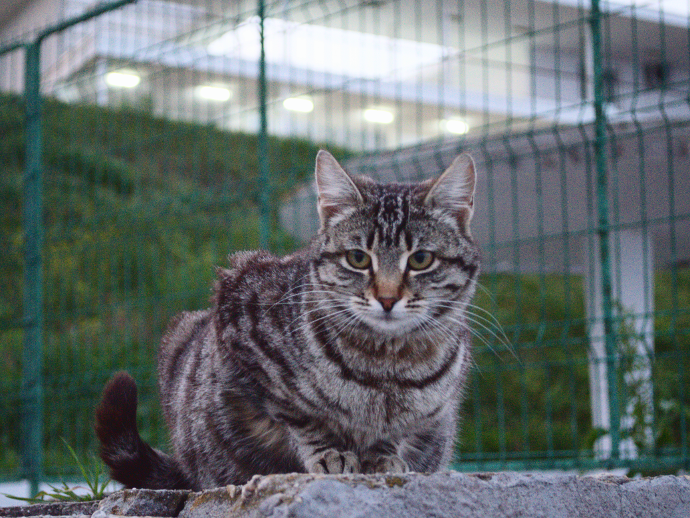
Further below: the main promenade. This night shot is perhaps one of the few reasons for carrying a heavy DSLR with me.
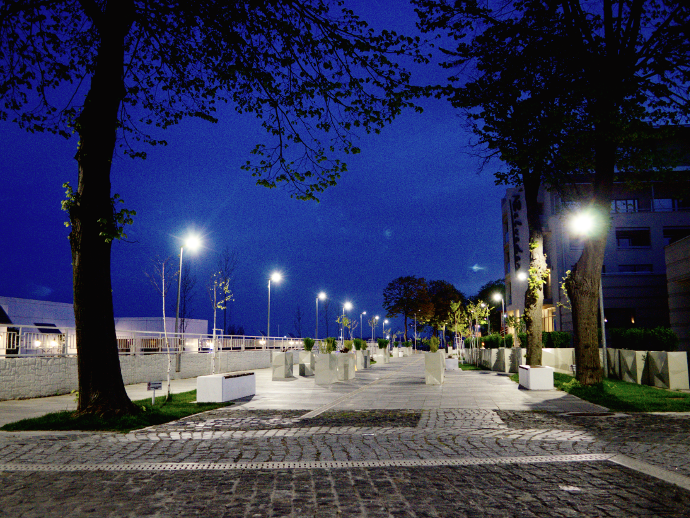
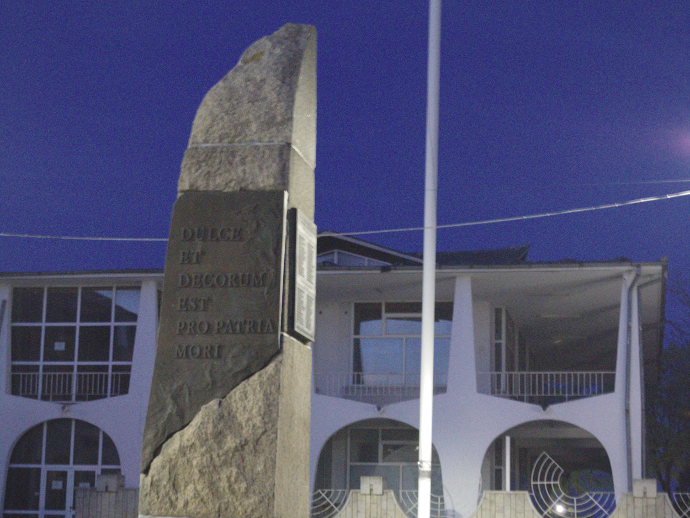
Above: something-something about fatherlands, death and other non-post-modern stuff. I'll let the reader decipher it. Below: something-something about great achievements of high culture (notice how they're looking up, right?).
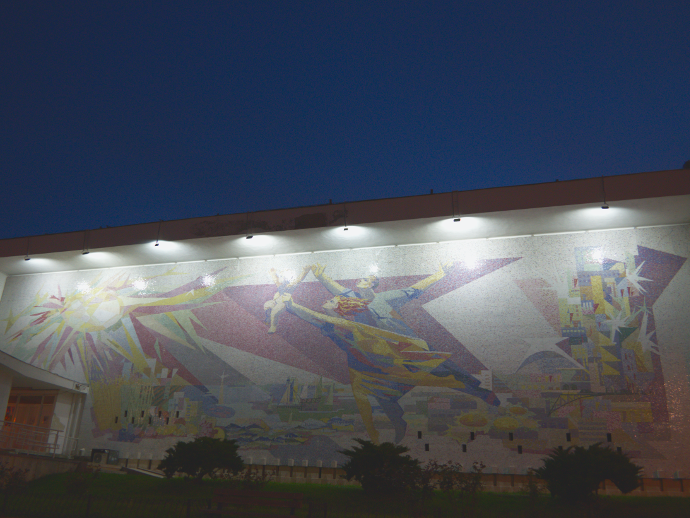
Meanwhile, in worker culture:
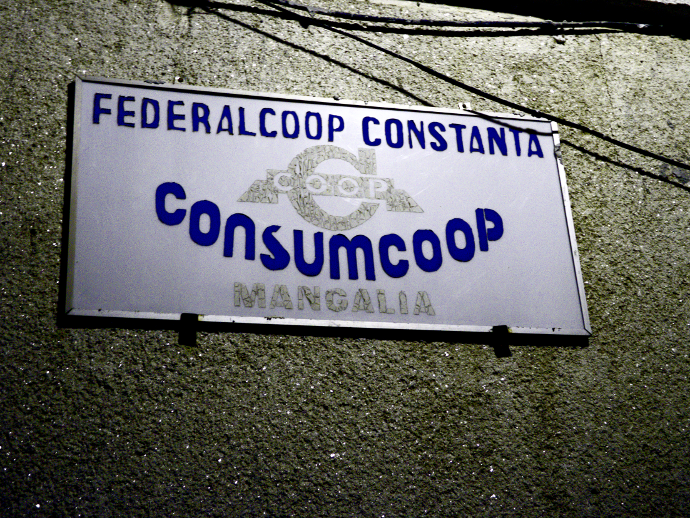
That, I suppose, pretty much sums up Mangalia3.
Now's not the worst moment to tell a boring for you, yet so very important to me story about my roots.
It's not at all clear to me where this Mogoșanu comes from, other than its obvious connection to one-thing-or-the-other called Mogoș. It's well known in the family that Mogoșanu the Old was from Apoldu de Sus (i.e. the Upper Apold), or maybe it was the Lower one, whatever, some backwater village in the lower Transylvania. Either way, at some point (in the interbellic period?) one branch of the Mogoșans migrated way southeast to lower Dobrogea, where they lived among and got along with Bulgarians, Tatars and Turkish Gypsies and whatnot. The village, Dobromir, was that close to becoming part of Bulgaria, only it didn't, and here I am, North of the Danube.
So then sometime later this dude Dumitru, one of ten brothers, got back from the war in one piece and took as his wife Parascheva Băcioiu, whom he had three children with and with whom he moved all the way to the outskirts of the capital, as the times went and as the regime's needs dictated. Long story short, one of the three children was my father, and another one came to be my godmother, and so on. And this is how I can call Mangalia a home about as much as I do the slums of Bucharest -- I have some sort of relationship with this little town, and that's that.↩
The process through which the Romanian littoral became a shittoral wasn't much different from the one where that overgrown industry was sold for nothing to little pretend-businessmen who broke it into little pieces and sold it for scrap.
Overgrown, that it was, yes, but in the '70s the Romanian seaside was chock-full of Germans, Finns and other foreigners looking for a good time -- read: to lie on the beach and fuck Eastern European girls. A problem might be that it lived only circa four months per year, which didn't quite justify the upkeep costs; another problem might be related to the huge hotels that would sit mostly empty even in June; either way, the fact remains that Neptun and Mangalia have proper beaches, while Turkey doesn't. Meanwhile, Bulgaria and Turkey manage to keep their aestival tourism going, while Romania, well... not really.
So, in short, that's how "shittiest most expensive" came to be: sell all the real estate to the Micula brothers and drive everyone else involved into a depression. A sad story, indeed.↩
Although it doesn't, you know. If you're ever going there, consider visiting, among others, the Archaelogical Museum and the Esmahan Sultan Mosque. There's more history to this sea than meets the eye.↩